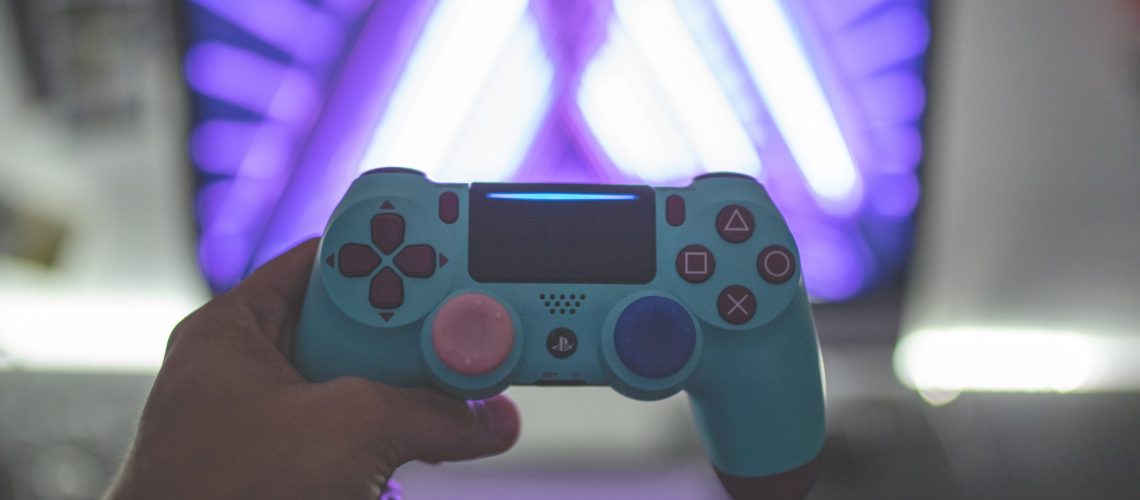There is two software out in the market today. But how do you know which one is better? For all the gamers out there, these two options help to customize and set their Logitech gaming peripherals. Experts will confirm that one does not trump the other and that both perform the same functions.
Logitech Gaming Software has been around much longer and supports more devices, it has an older UI that has generally looked the same for years, but it is functional. Whereas, the new Logitech G Hub is Logitech’s newer offering with a sleeker and more modern UI. The big difference between the two is that G Hub only supports modern Logitech gaming devices and is in early access.
As the saying goes, old is gold; it is advisable to go with the Logitech Gaming Software, it’s more stable, has the same features, and is more proven than G Hub. The original Logitech Gaming Software is Logitech’s legacy gaming software released in the early 2010s. This software allows you to configure settings for all of Logitech’s gaming devices like mice, keyboards, and headsets.
Let’s take a look at some of the features of the original Logitech Gaming Software:
Save Profiles
The Logitech Gaming Software lets you save profiles on-board, on-computer, or with automatic game detection. With your saved profiles, you can set what each mouse button does; you can choose to re-map to another mouse click and keyboard stroke or a recorded macro. You also have the option to set DPI sensitivity with multiple levels and to make a shift in the DPI settings. One can also set the polling rate of your mouse in this view.
Battery
The battery tab on the software provides you with the option to access the pre-lighting modes that are more battery-friendly since it helps to save some charge. This tab works as a dashboard that displays the amount of battery being used by your mouse. Having a higher polling rate means that the battery will drain faster, as does the brighter RGB’s. The software gives you an estimate of the remaining battery life and the mouse’s ongoing battery levels.
Input Analysis
Input Analysis, in this case, records and informs the user of the heat maps to show how often and how long you press a button. It seems like a useless button and hasn’t been added to the new version of G Hub. To use input analysis, simply activate it, and LGS will record your button presses over time until you stop it, then it’ll give out a heat map.
Lighting
This feature of the software helps to set your mouse’s lighting setting by zone. This helps you set the lighting mode, speed, brightness, and sleep timer. You can pick colors from any of the 16.8 million using the color wheel or a specific RGB value. If you are making use of multiple devices, you can sync your color settings across, so your gaming setup has a unified look.
Surface Tuning
Surface tuning is a feature of Logitech Gaming Software that helps optimize your mouse for the mousepad you use. This will improve tracking and lift-off distance. It is useful for it lets you store multiple surface profiles in case you travel with your mouse or switch up your surfaces regularly. This feature is easy to use. All you need to do is just hit the ‘add a new surface’ section in your settings and name your surface and follow the wizard and drag your mouse until the software tunes the surface.
Conclusion
In some ways, the newer version is better than the old one. It is sleeker, faster, and does not have the old useless functions that were of no particular use. However, the older version trumps G Hub with its practical usage of stability and its ability to load faster than G Hub. Depending on the version you choose, remember to conduct thorough research and check the capability of the functioning of one with the other. This way, you would be getting the best value of your money paid.

